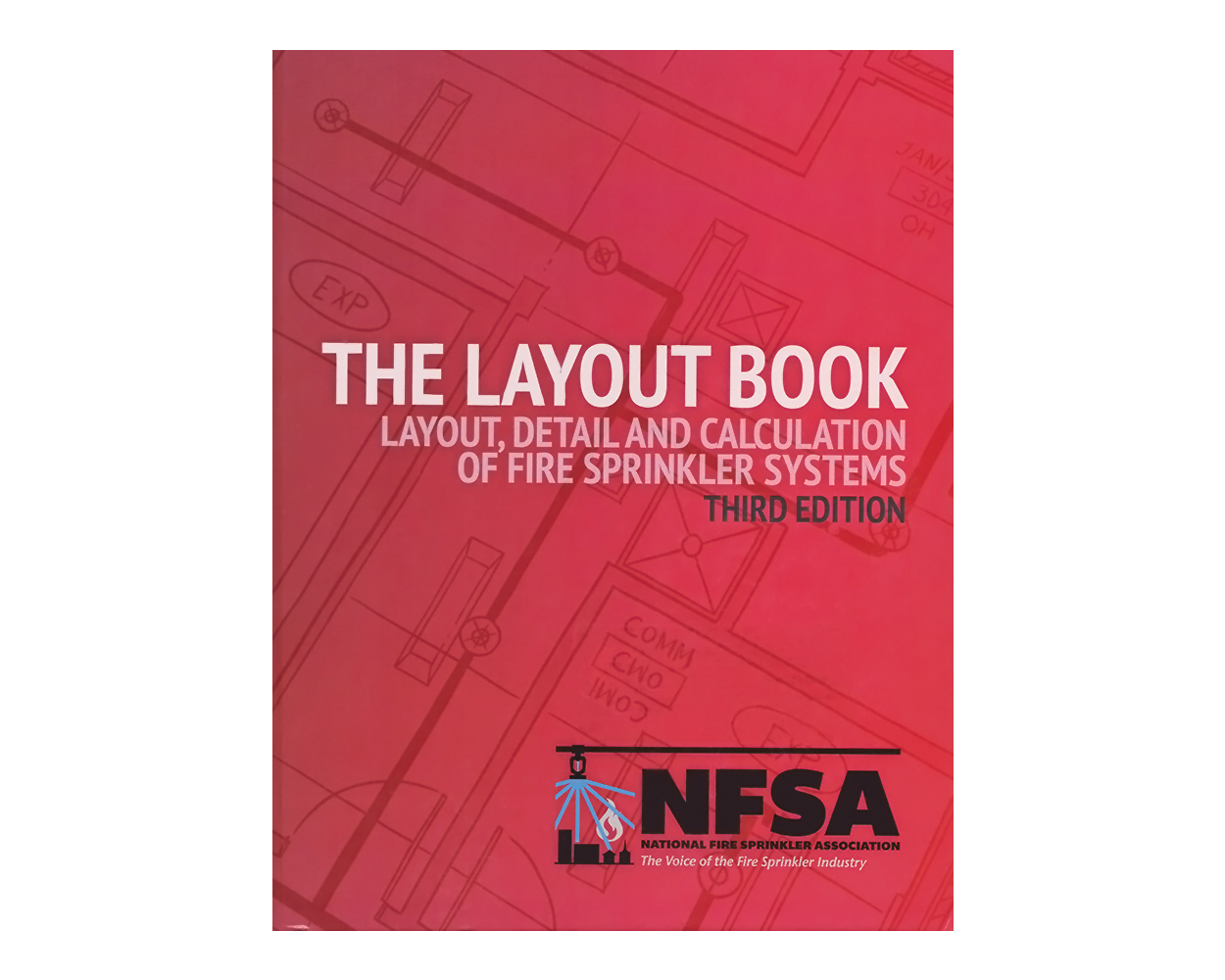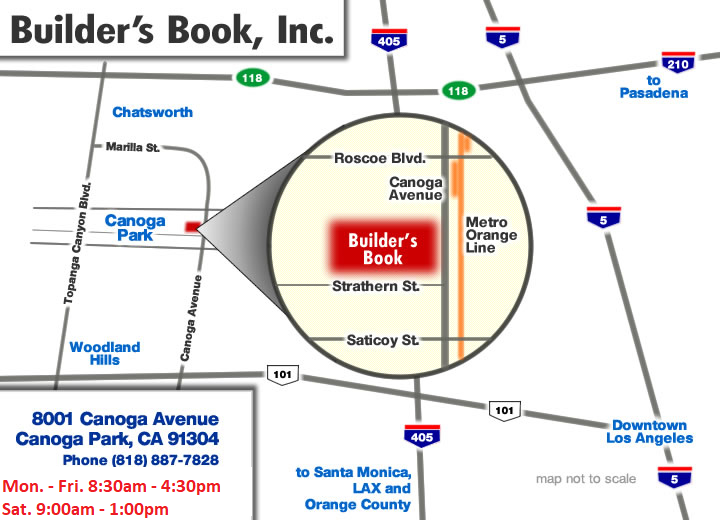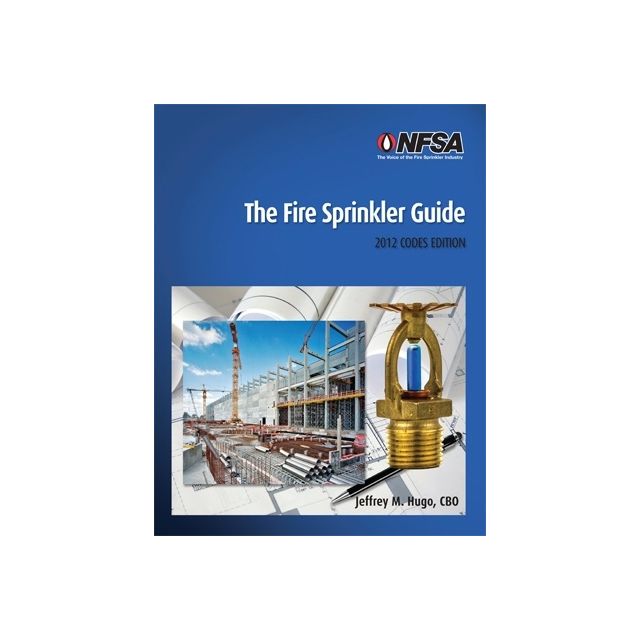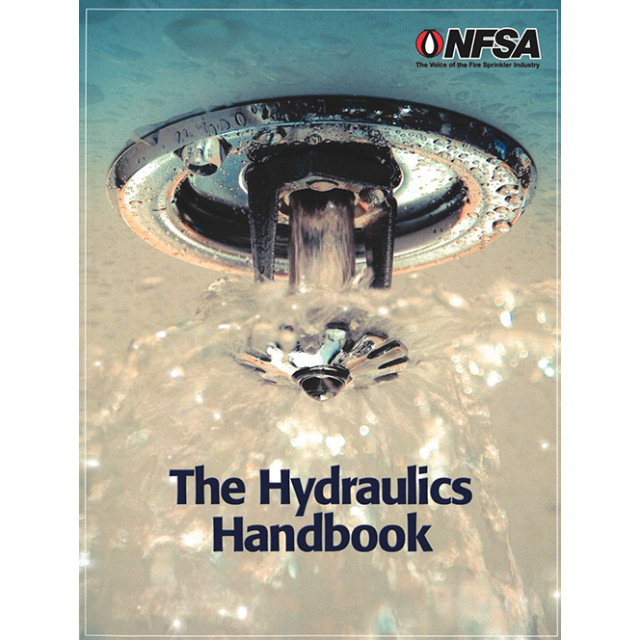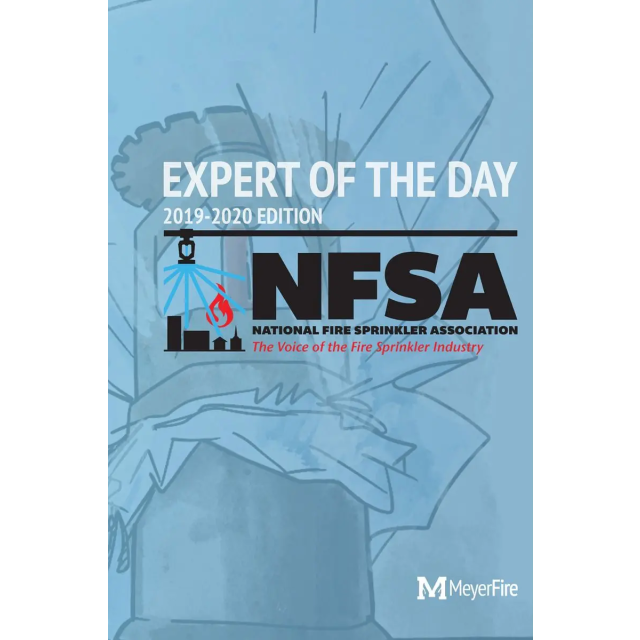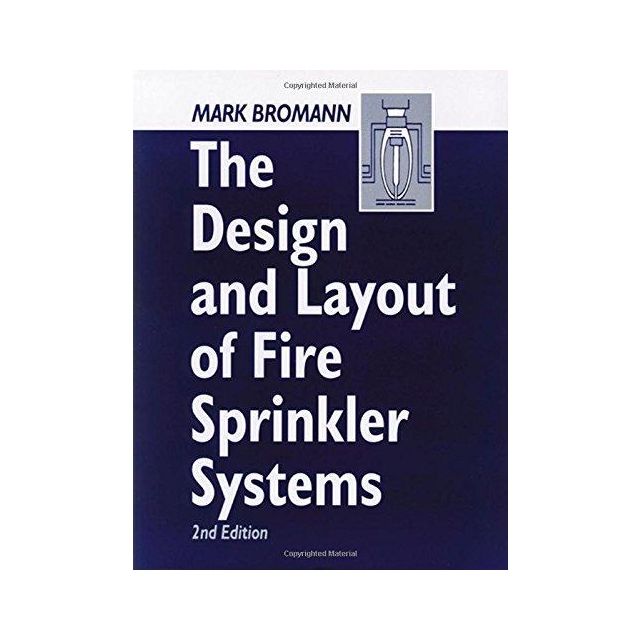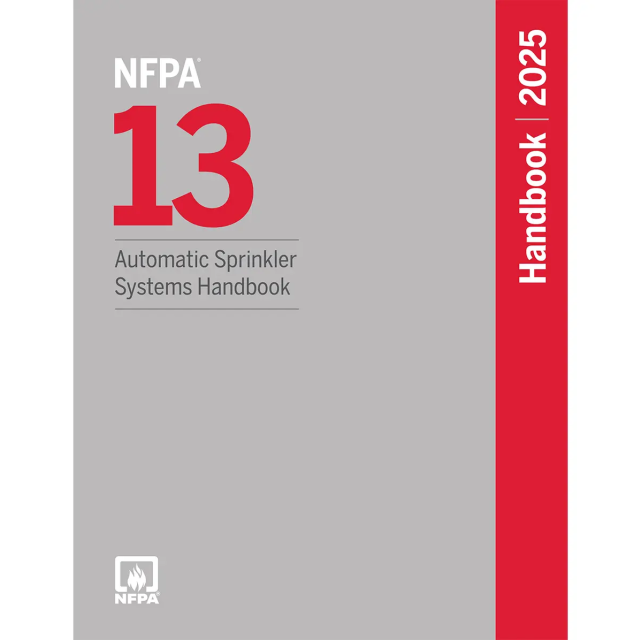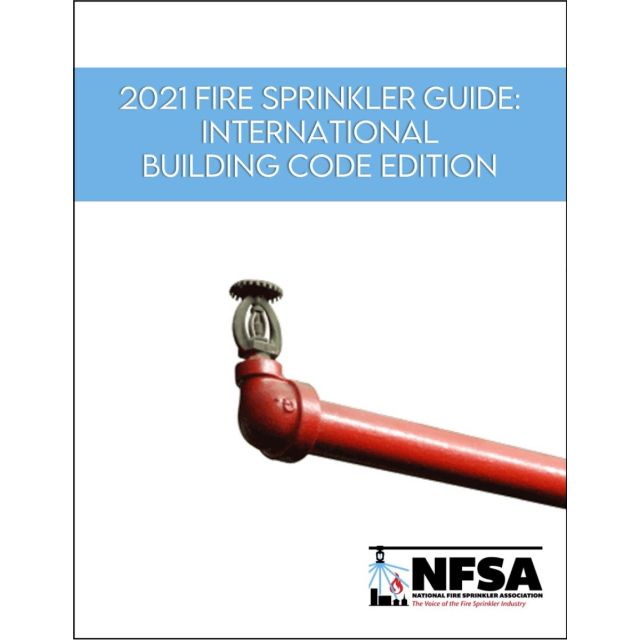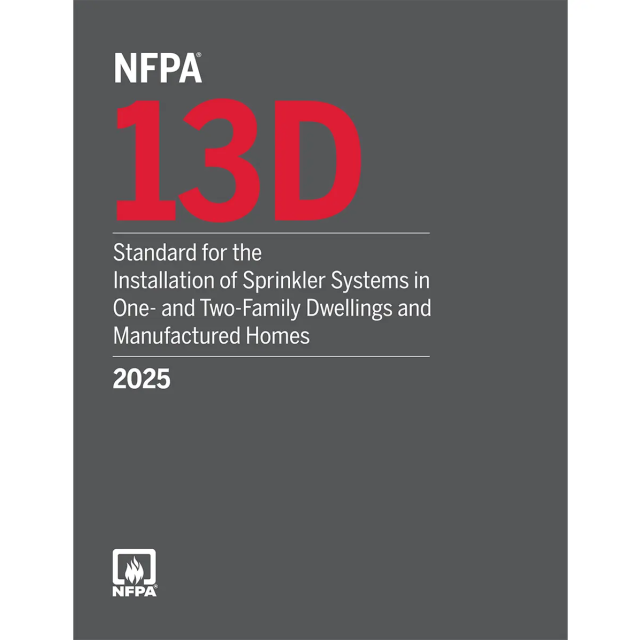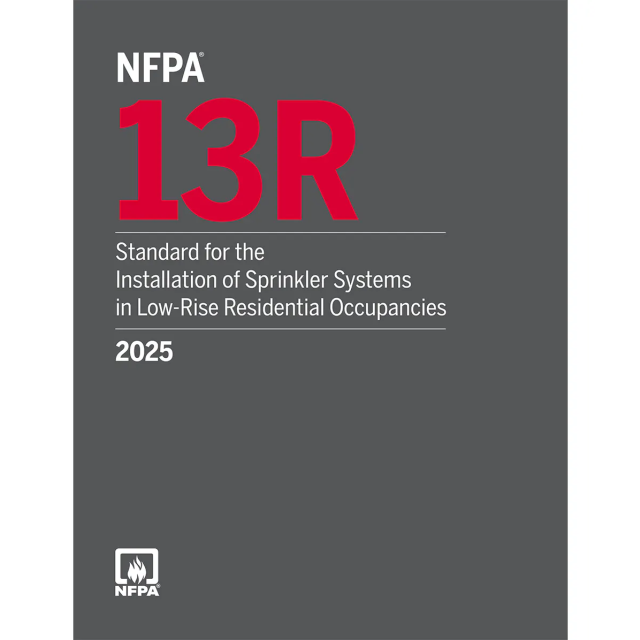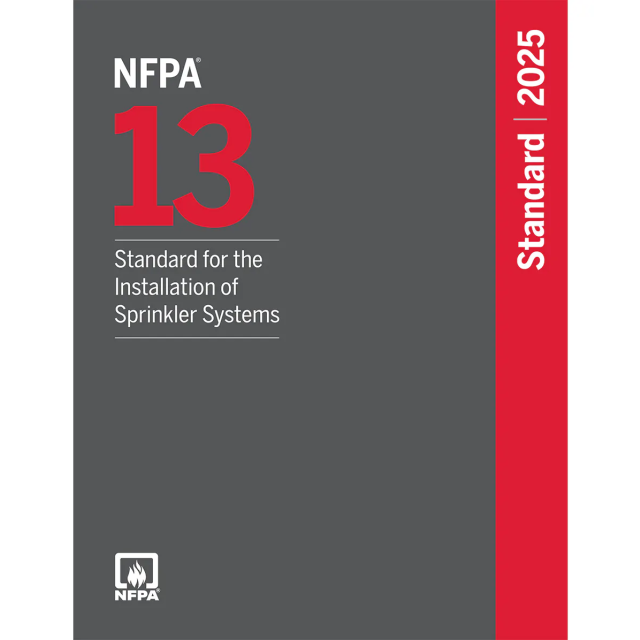Layout Detail and Calculation of Fire Sprinkler Systems, 3rd Ed.
The text has been divided into 43 chapters and an Annex with each of the chapters grouped into Parts that have a basic theme in the layout, detail, and calculation of a fire sprinkler system. There are four parts of the book roughly corresponding to the order in which decisions are made in the process of getting a sprinkler system into a building.
The four parts are as follows:
- Part I — Information and Organization. Chapters 1 through 11 of the text provide background materialand help the reader understand the context in which the fire sprinkler technician performs their job.
- Part II — Layout of Sprinkler System Equipment. The technician has to make decisions regarding thetype of materials they will use and the quantity of material they will purchase to ensure the sprinkler systemwill function properly. The technician will also have to ensure all this equipment gets installed in theproper location. Chapters 12 through 27 cover this information.
- Part III — Design Approaches. Chapters 28 through 36 cover the hydraulic calculation of fire sprinklersystems, the sizing and selection of water supplies, pumps, and tanks, and discuss the interface of thesprinkler system with standpipe systems and alarm and supervisory systems.
- Part IV — Review and Acceptance. Chapters 37 through 42 cover the work that must be done after thelayout and calculation are over. The plans have to be reviewed by one or more Authorities Having Jurisdiction, the materials have to be purchased to install the system, the technician needs to know how todeal with changes that occur during the installation phase of the project, and the system must be properlyinspected, tested, and maintained after installation. Although the technician will probably not get involvedin the inspection, testing or maintenance, they will have to layout the system in such a way that theinspection, testing and maintenance can be done efficiently and correctly.
Pages: 544
Publisher: National Fire Sprinkler Association/NFSA, 2022 ISBN: 9781735368603
| Price | $240.00 |
|---|---|
| Customer Service | We're Here To Help! Call us anytime during our customer service hours... Monday through Friday - 8:30 am to 4:30 pm (Pacific) Order Questions:
TOLL FREE, 800-273-7375 (Outside the U.S. call 818-887-7828). Our Address: 8001 Canoga Avenue Canoga Park, CA 91304 US Phone: 800-275-2665 E-mail: sales@buildersbook.com
|
| Description | The text has been divided into 43 chapters and an Annex with each of the chapters grouped into Parts that have a basic theme in the layout, detail, and calculation of a fire sprinkler system. There are four parts of the book roughly corresponding to the order in which decisions are made in the process of getting a sprinkler system into a building. The four parts are as follows:
Pages: 544 Publisher: National Fire Sprinkler Association/NFSA, 2022 ISBN: 9781735368603 |

